1987-1991 Gremlin Graphics
Platforms: Commodore Amiga and Atari ST
Credits: Richard Costello (Lead developer), Bill Allen (Arena subgame developer), Andy Bryant (Gun subgame developer), Kevin Bulmer (Artist) and Ben Daglish (Music and FX)
For years, screenshots from magazines have taunted us for the many games that got away from us, and none more so than Ramrod by Gremlin Graphics. Previewed in the likes of Zzap!64, Zero and various other magazines over the years – we salivated over the wonderful Marble Madness‘esq graphics with a character that looked like the distant cousin of Robocop.
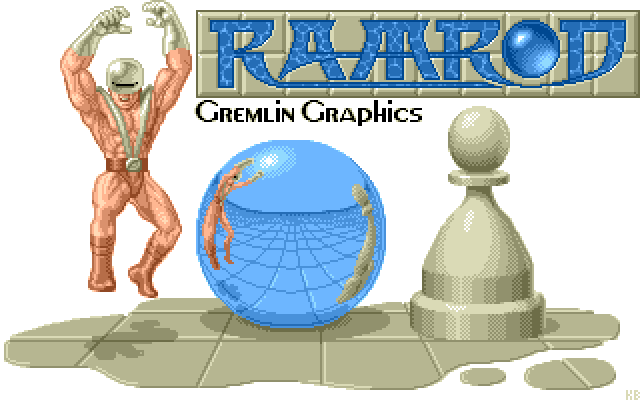
We were all curious about the numerous arcades, Pepsi machines and hi-fi systems dotted around the levels. What was this game, what did it entail, and why did it go on to frustrate many with its constant delays month after month before its eventual cancellation in 1991?
“Robocop meets Marble Madness is a perfect description.”, developer Richard Costello told Atari Compendium back in 2016. “It was very heavy on graphics, which as you mentioned were gorgeous. They were the best bit.”. On graphics duty was the talented artist Kevin (Kev) Bulmer, who sadly we were unable to talk to about his wonderful artwork in this feature, as he tragically passed away back in 2011 at the far too young age of 49.
Richard, like many of us, has a hectic schedule these days – though kindly made time to talk to us about the title in detail and how it started. “I’m always snowed under (still white over from weekend snow here ironically), its either bills to pay, or too many other projects that never get completed, you’d think I’d have learnt from Ramrod!”, he joked. “Gremlin had 3 development bases in the mid-late 80’s, Sheffield, Birmingham and Derby. Sheffield was the original, Birmingham was located within the Centresoft warehouse with U.S. Gold, and Derby on Ashbourne Road which later became Core Design (Tomb Raider) – I think that building is now gone, it was a big old white house, modern apartment block now. I was taken on at Birmingham to develop the then new 16-bit platforms, everybody else there were 8-bit developers. There were about 4 or 5 programmers and 2 artists.”
This was way back in 1987. Initially, Richard was asked to just focus on the Atari ST platform, creating various routines for scrolling and displaying sprites. Although early on into employment, he was drafted in to help complete MASK on the Commodore 64, when the programmer hit some issues trying to get it to a completed state. It was here that Richard first met up and got to know Kevin, becoming good friends.
“Kev was the main artist at Gremlin Birmingham, and as time went by he also became the office manager, responsible to Ian Stewart – whose office was at the end of our open plan area.”, Richard explained. “He was an amazing artist who had worked for Games Workshop and White Dwarf magazine amongst others, he produced their dungeon floor plans and cover art etc.”
It would be a chance glance over Kevin’s shoulder one day which would inspire and kickstart the creation of Ramrod around mid-1987. “The character Ramrod, was Kev’s idea.”, began Richard. “He had drawn some frames and a bit of background which was like Knight Lore meets Marble Madness. I then had the idea of creating an adventure game with it – like Knight Lore, with rooms to explore, illuminating corridors with light that limited what could be seen etc. A bit like Zarch, but with sprites rather than 3D.”
The early ideas weren’t to last, when suggestion of creating a full screen Marble Madness style platform game would divert away Richard’s focus and direction. He was curious how this would be possible on the platform, and got chatting with fellow developer Bob Armour. This short brainstorming session would result in the idea of creating a layered mask system to create a smooth scrolling game – tricky on hardware that had no custom chips like the Amiga did (and which wasn’t really in many homes at that time).
“I started engineering this layered system and spent months working on it, before we all realised it was too memory hungry and it would be better to simply draw sprites conventionally anyway!”, recalled Richard. “But during my experiments, Kev had created background elements and the Ramrod character for me to animate etc. So we now had this game engine and some beautiful graphics.”
“We should have created a fully detailed blueprint that I could then go off and code into reality.”
With an idea of how the game engine would be on the ST and Amiga, and some amazing artwork to go with it – it now needed an actual game design to bring it all together. Overall to help focus and create something wonderful, which would hook players and create memories for years to come. What made this difficult to achieve was how the project was organically grown instead.
“We should have created a fully detailed blueprint that I could then go off and code into reality.”, reflected Richard. “This is effectively what I did with everything else back then, producing coin-op conversions was a nice process because you had a complete specification to work with, and I could focus on getting the hardware to best deliver what the more powerful coin-op did. But instead, I was left to make it up as I went along with Ramrod and Kev did his best to feed me with artwork as required. Ramrod looked pretty thanks to Kev, and played smoothly thanks to me but lacked a bit on depth, it felt more like a pretty demo at times – which is probably why it never appeared.”
Without that blueprint or an idea of what exactly the game was going to be, Richard just got his head down and coded, trying different ideas out and tweaking until the code did what he expected. Having no plan set in stone meant no deadlines, and resulted in the game taking a lot longer than anticipated for the duo. Regardless, an initial game was finished on both the Atari ST and Commodore Amiga, but it wasn’t quite there yet for the Gremlin team.
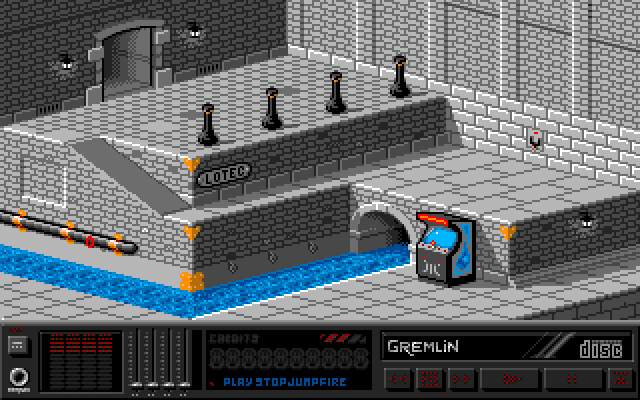
“Given people could now play it as a complete game, they realised how shallow the game was and how it had been hiding behind the quality of its artwork. So suddenly there was now a desire to add more gameplay and somehow build a better game.”, recalled Richard. “I think my original idea would have been better with a Knight Lore styled game, but because the way the levels worked in Ramrod, it meant there couldn’t be more than 4 main levels due to disc storage capacity / hardware limits etc. So I had the idea of adding 4 sub games themed on existing arcade machines, where Ramrod could enter the sub game (like TRON) and play things like Space Invaders. This did add some game play, but it was all a bit random.”
Kevin had by now produced a wonderful set of graphics for the game, creating four level themes in total – Frantec, Az-Tec, Lo-Tec and Hi-Tec. They all looked odd housing arcade machines within each, but at least it added something extra to the game, even if it was a bit random in Richard’s eyes. Richard though continued to try and innovate to save the project, by chucking in as many features as possible and hoping it would all just come together at the end.
“It was beautiful, as everything Kev did was, but again – all a bit random as you can imagine.”
“After playing it a fair bit I got bored, so I commented that perhaps within the game Ramrod should stop getting bored by listening to music.”, he began. “We needed a control panel and I had just bought a big Yamaha HiFi (still got it actually) and Kev used my tuner & CD drive as inspiration for the control panel complete with eject buttons and LED display. It was beautiful, as everything Kev did was, but again – all a bit random as you can imagine.”
Ironically, the general concept itself grew into having an aim of ensuring your character didn’t get bored, by navigating the isometric landscape and avoiding enemies, collecting coins to play on the coin-op machines scattered on the levels. If boredom levels got too high, you could buy cans of Pepsi to give you more time as well as find CD’s to play in the CD player to keep your character happy.
There were also puzzles to solve too, where Zero magazine for instance indicated a Chess puzzle that had to be solved from one of their screenshots. There were a lot of different interactions possible in the game, making it feel unlike anything else out there at the time.
You could also shoot various spheres with your available and impressive firepower, which could be further increased in power by collecting bonus objects. Bonuses were picked up by shooting various enemies, where ‘Speed’ made your missiles faster, ‘Bopper’ made them your missiles stronger, ‘Gauntlet’ destroyed all the balls that surrounded you, ‘Guardian’ unleashed a self guiding rocket that could kill anything in its path, and finally ‘Eight Way’ allowed you to fire in all eight directions. There were even mini-droids to collect, who could give you some basic protection in the level for a period of time.
No Gremlin game would be complete without Ben Daglish’s wonderful musical talent, and Ramrod would not disappoint. The game would feature plenty of Ben’s composition work – where you could play a number of his tunes by changing the CDs within the game.
Practically complete by this stage – the game would kick off with some excellent presentation – with a neat title screen featuring a glass ball image with the main character. The glass balls became somewhat of a theme within the game. “Kev was into ray tracing at the time, so all the glass balls had 5 frames, one with no reflection one with Ramrod to the left and one with Ramrod to the right plus a pair with Rambot to left and right. So as he walked about the levels his reflection appeared on the balls moving about. Looking at the title screen, its amazing Kev drew every pixel by hand, with just 16 colours. He was amazing…”
This was followed by a character choice selection screen, where you could choose to be either Ramrod or Rambot, followed by a neat face animation of that selected character. Essentially there wasn’t much difference between choosing either character, apart from visual differences. Choosing Rambot would give you a blue robot instead of Ramrod and that was pretty much it.
You would then be dropped into the “Frantec” (referred to also as “Fantas-Tec” by the press) themed area in a blue glass tube. The area itself would consist of 4 swimming pools in space which would be labelled:
- Az-Tec (Level 1)
- Lo-Tec (Level 2)
- Hi-Tec (Level 3)
- Exit
Richard recalls to us how the game would then play out roughly:
“At each pool Ramrod (or Bot) would jump into the pool, at which point a glass globe would rise up from the water, opening up so Ramrod could land in it spinning. Glass dome then closed and submerged into the pool (see below).
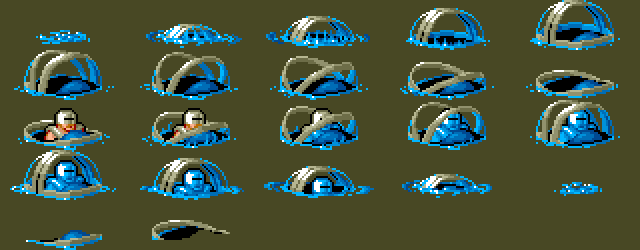
Ramrod then landed onto the relevant level through the blue glass tube, starting at the top of the level. I’ve included the backgrounds for the top of each of the levels (see gallery below). Frantec was 3 screens deep, the others all 4 screens. These are just backgrounds, there was a lot of stuff moving about on the them, one of Ramrod’s weapons fired exploding glass balls in 8 directions from where he was standing, so a fair bit happened.
He would then have to work his away down the screen (vertical scroll only) dodging missiles, navigating air vents, jumping and running. Collecting tokens for energy and CDs to play music to stop himself being bored. There were various weapons he could collect too, to assist in navigation.
On each level there were 4 arcade machines which Ramrod entered by standing in front of them, having collected a token / coin he would then enter the arcade machine TRON style to play in a sub game. These were themed along the lines of Space Invaders, Motos, Defender and Asteroids with Ramrod themed graphics. Internally they were called:
- Arena (Motos)
- Gun (Space Invaders)
- Blaster (Asteroids)
- Bike (Defender)
I coded 2 of the arcade games, Bike and Blaster. Arena was coded by Bill Allen, one of the Gremlin programmers who left with me to join Kev at Dementia. The Space Invader / Gun game was coded by a friend of mine named Andy Bryant, its the only game software he’s ever created. I haven’t seen Bill for a while but I think he’s a producer still working in the games industry. Andy is still a mate.
I think Ramrod just had to survive the arcade game to continue. Once all 4 arcade games had been completed the player could then use the level exit, which was an elevator. I think he then landed at the top of the Fran-Tec level again to continue. (FRANK – The arcade games would apparently increase in difficulty over each level, and each had a strict time limit to be completed.)
Once all three levels had been completed, so surviving 12 arcade games – the exit was activated and through that there would simply be an end screen saying “Congratulations”.
I think that’s it.”
There was just playtesting and final polishing to be done with the game, but by now, Kevin had decided to go it alone and set up his own development company called ‘Dementia’ in 1990. He managed to poach Richard, along with some other Gremlin developers. They would go on to convert the likes of Hotrod and Golden Axe to the Atari ST and Commodore Amiga, leaving Ramrod in limbo initially. Gremlin though were still keen to see it finished, and Richard was more than happy to help try and make that still happen.
“I regretted it ending on a low note. But these things happen I guess.”
“When I left Gremlin there was a plan to finish Ramrod off, and a deal was struck for me to go to Sheffield for 2 weeks to complete it in-house.”, he recalled. “I am guessing this was in late summer 1990 because a sequence of clashing events at that time meant that I couldn’t get to Gremlin to work on it and that was that. It was a shame because they were a great bunch of people, especially Ian Stewart and I regretted it ending on a low note. But these things happen I guess.”
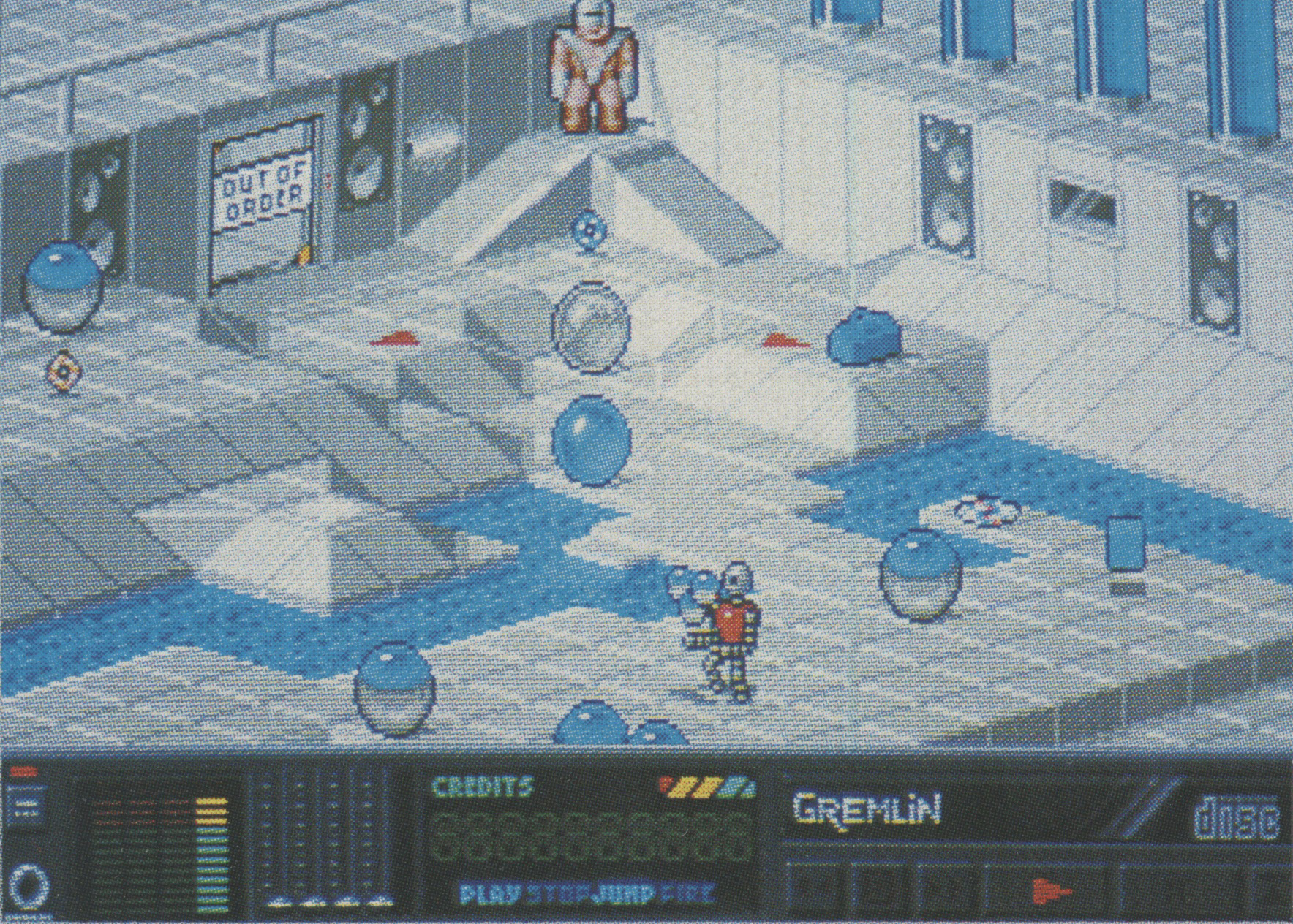
It was at this point that Gremlin decided to finally cancel the game. Even though Richard recalls leaving Gremlin a copy of everything, they never did anything further with it or allocated the project to anyone else.
Originally Richard had suggested to GTW that the game was lacking on gameplay, but came back afterwards with a change of heart, feeling he was too harsh. Richard concluded that it was a fun game overall – but with only 3 main levels and 4 arcade sub games, he felt it was all perhaps a bit too brief and could have been longer. “I suspect that Gremlin played it afterwards and realised that whilst it looked amazing thanks to Kev, and ran OK thanks to me, and sounded OK thanks to Ben Dalglish (RIP) – it was too shallow, so commercially it probably wasn’t a great prospect.”, suggested Richard.
It’s a huge shame, as we learn that Ramrod was essentially complete on both platforms and didn’t need much at all to release. The Amiga edition was pretty much the same game, utilising the very same graphics and 16-colours, but with an improved palette, and smoother/faster scrolling.
We learn shortly after publishing this piece that Magnetic Field’s Andrew Morris was a keen admirer of the game from afar, and followed the game because of the gorgeous graphics. When things had dragged on for some time, he asked Ian Stewart about the game and what happened to it. Ian revealed that it had been cancelled as “it didn’t quite hold it together as a complete game.” What is interesting is that Andrew was offered the chance to take it on if he felt he could pull it all together, though he was unfortunately already tied up in other projects – so the chance was declined.
As a result, the final code would sit on Richard’s Atari Mega ST hard drive for many years whilst he went on to work on other projects. Then back in 2010 and out of the blue, Richard got a call from Kevin – who he hadn’t seen or heard from since the mid-90s. Kevin had been contacted by a magazine looking to do an unreleased games feature, and wanted to include Ramrod. Richard dug out his Mega ST and old floppy archives, and pulled out some artwork for Kevin to pass on. It then went quiet, and Richard heard no more – getting swept up with work and not thinking anything more of it.
18 months later, Richard received an email from Kevin’s partner, informing everyone in his contact list that Kevin had tragically passed away from cancer. “The really sad thing in all this is that Ramrod was really a demo for Kev’s artwork, and its a shame that it never got out into the wider world for all to see.”, reflected Richard. In addition to that, there is of course the late Ben Daglish’s ST and Amiga music which wasn’t to be heard by his many fans in the end.
But could both Kevin and Ben’s work could be showcased, what with Richard keeping hold of everything? A major blocker is with the convoluted way the floppy disks were created, with a custom format on them to help try and squeeze more data on and the custom development system used back then. It isn’t a simple task for Richard to produce new working floppy disks. Trying to get the floppies to read on PC have failed so far, even with a low level bit copier.
He does however have a set of masters for the ST (2 discs) which boot fine and play through, but there seems to be sector errors which causes the game to crash out. Richard also found a “Disc B” for the Amiga master, but tragically no “Disc A” yet to be able to fully run that version.
Richard is however hoping to resolve these issues in time and create a video showcasing the game. Releasing the game itself is a different story, simply because the game is owned by the Gremlin rights holders and it’s down to them if they wish the code to become public or not. Hopefully this can be explored and resolved some day so that ST and Amiga fans can check out the game that once haunted them in magazine pages growing up.
“Ramrod should be considered as a beautiful game that just needed more depth and work on its gameplay, but apart from that had great potential.”, concluded Richard.
With thanks to Richard Costello (who these days works as a motor racing instructor, running events at Silverstone) for his time and supplied assets, Mark Hardisty for some of the graphical assets and putting GTW in touch with Richard, Ross Sillifant for some of the scans, Atari Compendium for some of the quotes and additional information, Stephen Stuttard for the hi-res ZERO and Zzap scans, Grzegorz Antosiewicz for post-additional scans and Jordi Carlos Saballs for the suggestion of covering the game on the site.
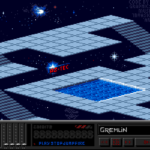
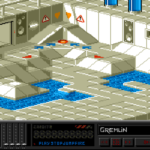
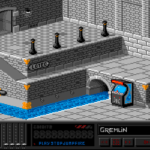
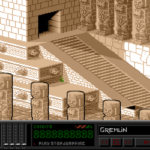
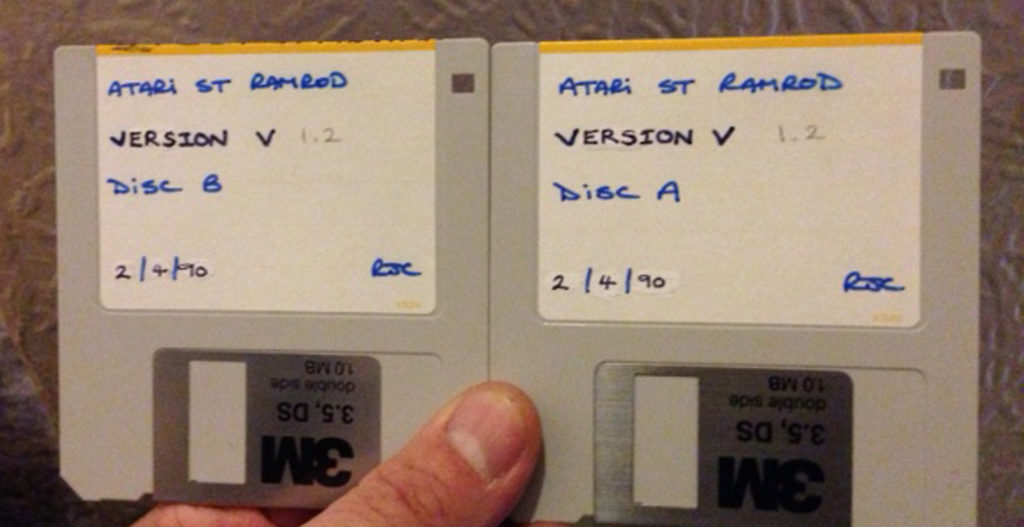

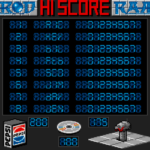
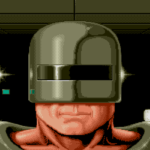
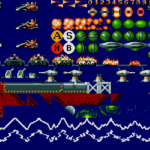
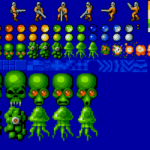
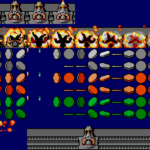
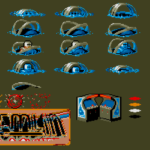
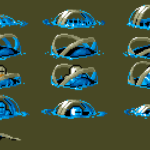
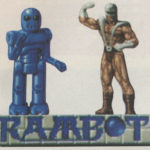
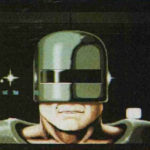
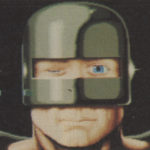
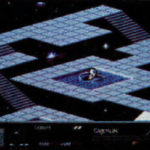
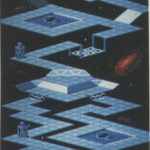
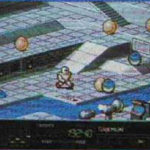
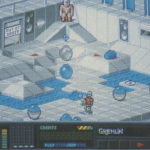
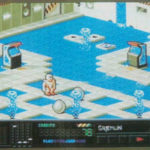
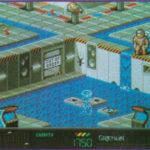

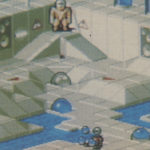
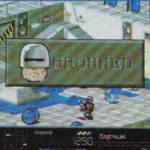
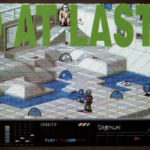
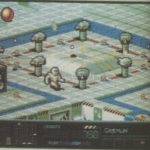
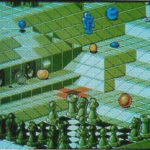
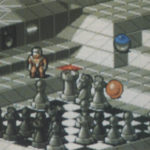

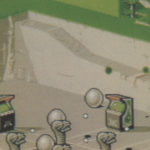
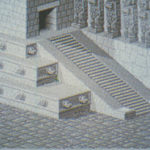
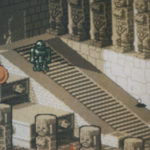
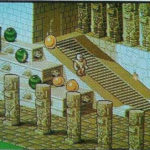
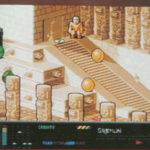
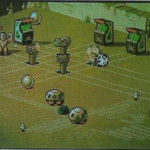
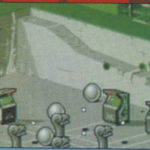
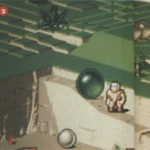
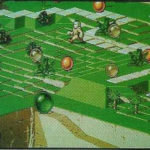
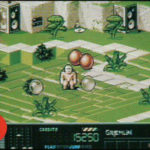
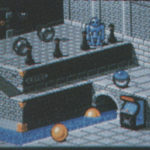
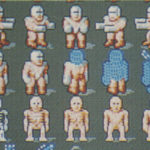
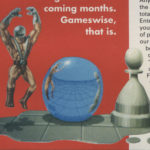
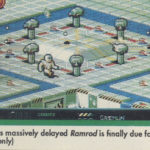
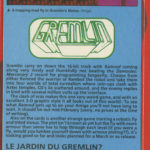



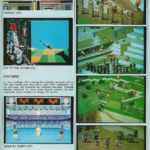

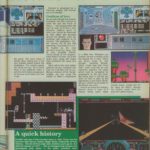
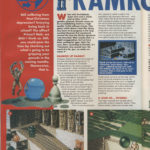
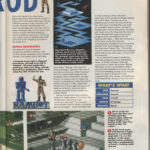

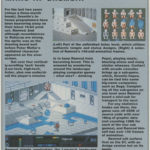



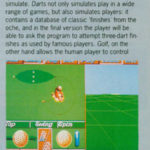
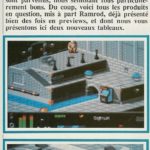
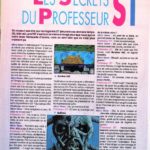
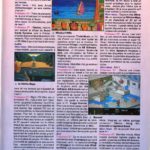
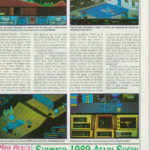
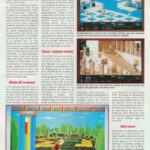
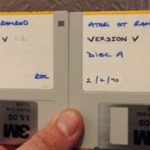

Very impressive article :) I hope one day we could play it, but for now those recovered graphics looks great.
loved the look of this – that az-tec level looked amazing i remember at the time